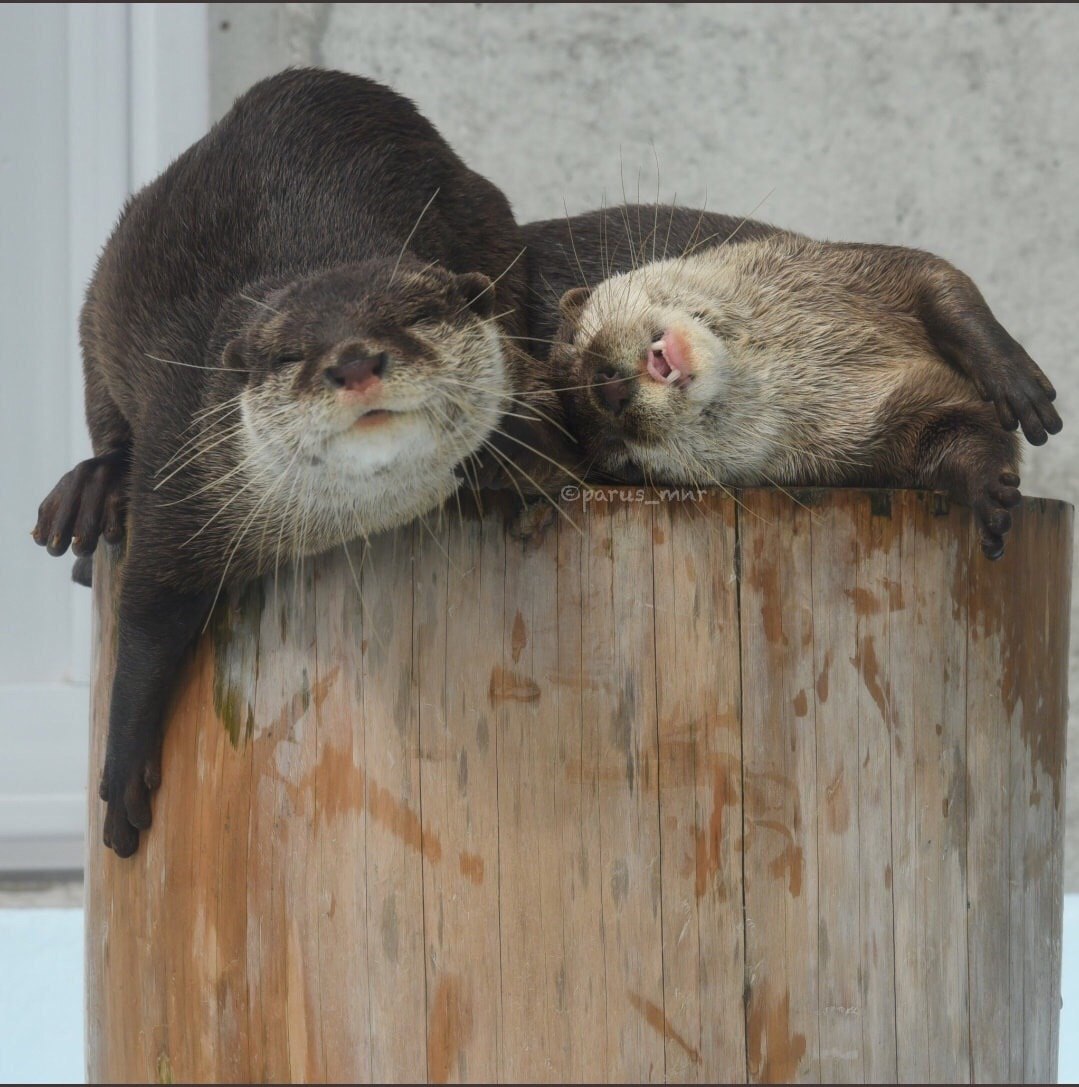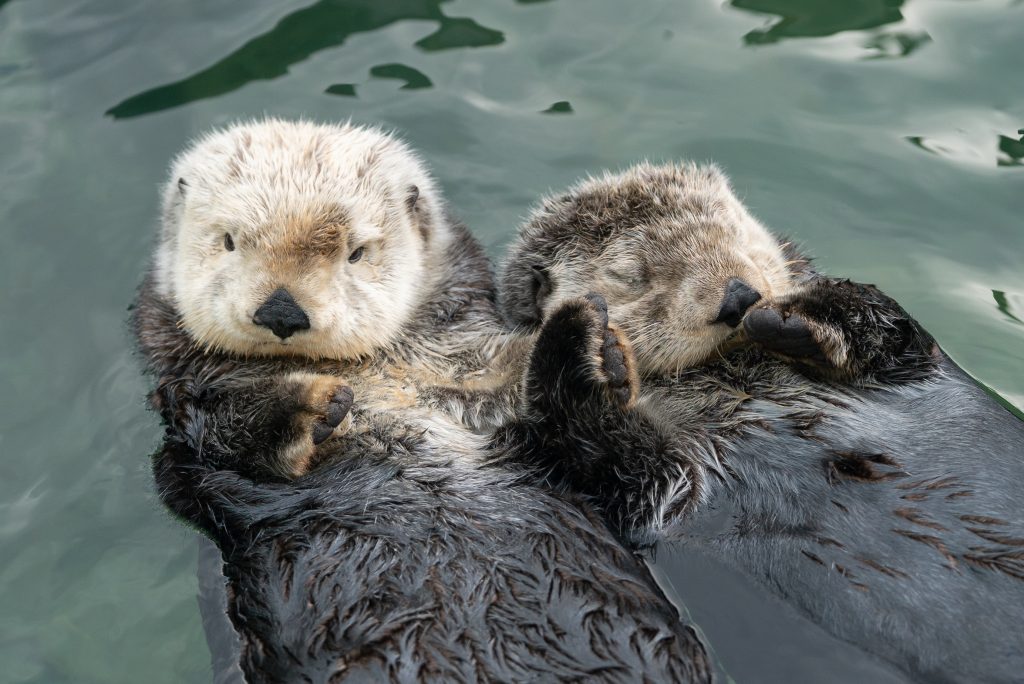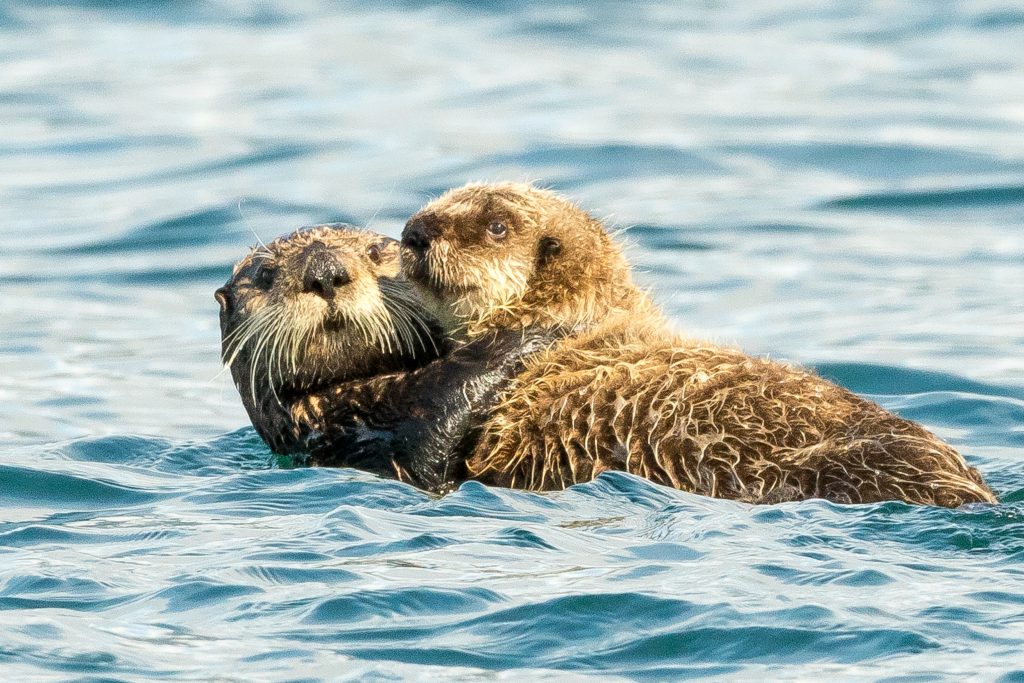When it comes to the animal kingdom, otters stand out as one of the most loyal and loving creatures. The phrase "otters mate for life" is more than just a saying—it's a remarkable behavior observed in these aquatic mammals. This article delves deep into the world of otters, exploring their unique relationships, behaviors, and the science behind their lifelong commitments.
Many people are intrigued by the idea of animals forming lifelong bonds, and otters are among the few species that exhibit such behavior. Their romantic gestures and deep connections make them a symbol of loyalty and love in the wild. As we explore their fascinating partnerships, we’ll uncover why otters mate for life and how this benefits their survival.
Understanding the world of otters goes beyond their adorable antics. It highlights the importance of relationships, trust, and cooperation in the animal kingdom. In this article, we’ll examine the science behind their monogamous behavior, debunk myths, and provide fascinating insights into their lives.
Read also:Jon Snow Death A Comprehensive Analysis And Exploration Of The Characters Journey
Table of Contents
- Introduction to Otters
- Do Otters Mate for Life?
- Biology of Otters
- Behavioral Patterns of Otters
- Monogamy in Otters
- Conservation Status of Otters
- Myths and Facts About Otters
- Otters in Culture and Media
- Scientific Studies on Otters
- Conclusion
Introduction to Otters
Before diving into the topic of "otters mate for life," it’s essential to understand who these charming creatures are. Otters are semi-aquatic mammals belonging to the Mustelidae family, which also includes weasels, badgers, and ferrets. There are 13 species of otters, each adapted to different environments, from freshwater rivers to coastal marine habitats.
Known for their playful nature and intelligence, otters are a favorite among wildlife enthusiasts. They are highly social animals, often seen holding hands while sleeping to prevent drifting apart. This behavior has made them a symbol of love and companionship in many cultures.
Despite their widespread appeal, otters face numerous threats, including habitat loss, pollution, and illegal hunting. Understanding their behaviors, such as mating for life, can help in conservation efforts and promote awareness about their importance in ecosystems.
Do Otters Mate for Life?
The phrase "otters mate for life" is a common belief, but is it entirely true? While not all otter species practice lifelong monogamy, some species, like the river otter and sea otter, do form long-term bonds with their mates. These partnerships can last for years, providing stability and cooperation in raising offspring.
Monogamy in otters is not just about romantic gestures; it’s a survival strategy. By forming lasting relationships, otters can better protect their young, share resources, and increase their chances of reproductive success. This behavior is particularly beneficial in challenging environments where resources are scarce.
However, it’s important to note that not all otters exhibit this behavior. Some species may engage in polygamous relationships, where males mate with multiple females during the breeding season. Understanding the differences between species helps paint a clearer picture of otter mating habits.
Read also:Top Golf Courses Near Madison Wi A Golfers Paradise
Biology of Otters
To comprehend why otters mate for life, we must first explore their biology. Otters are equipped with adaptations that make them perfectly suited for their aquatic lifestyle. Their streamlined bodies, webbed feet, and dense fur allow them to swim efficiently and stay warm in cold waters.
One of the most fascinating aspects of otter biology is their reproductive system. Female otters have a delayed implantation process, meaning that after mating, the fertilized egg does not immediately implant in the uterine wall. This allows them to time the birth of their young to coincide with favorable environmental conditions, such as abundant food sources.
This biological adaptation plays a crucial role in their mating behavior. By forming long-term bonds, otters ensure that both parents are present to care for their young during critical periods of development. This increases the survival rate of their offspring and strengthens the species as a whole.
Behavioral Patterns of Otters
Behavioral observations of otters reveal fascinating insights into their social structures and interactions. Otters are known for their playful nature, often engaging in activities like sliding down muddy banks or tossing pebbles. These behaviors are not just for fun; they serve important purposes in social bonding and skill development.
In terms of mating behavior, otters exhibit a range of rituals and gestures. During courtship, males and females engage in playful chasing, grooming, and vocalizations. These interactions strengthen their bond and prepare them for the responsibilities of parenthood.
Once a pair bond is formed, otters often remain together for years, sharing responsibilities such as hunting, grooming, and protecting their territory. This cooperative behavior is a testament to their intelligence and adaptability as a species.
Monogamy in Otters
Reasons for Mating for Life
The decision to mate for life is not a random one; it’s driven by several factors that benefit the species. One of the primary reasons is the need for parental cooperation in raising young. Otter pups require significant care and protection during their early years, and having two parents involved increases their chances of survival.
Another reason is the stability provided by long-term partnerships. By staying together, otters can maintain a secure territory, access to food resources, and protection from predators. This stability is especially important in environments where resources are limited or unpredictable.
Benefits of Monogamy
Monogamy offers numerous benefits to otters, both individually and as a species. For one, it reduces the energy and time spent on finding new mates each breeding season. Instead, otters can focus on strengthening their existing bond and improving their chances of reproductive success.
Additionally, monogamy promotes genetic diversity within the population. By forming stable partnerships, otters ensure that their offspring inherit a mix of traits from both parents, increasing their adaptability to changing environments.
Conservation Status of Otters
Despite their resilience, otters face numerous threats that endanger their survival. Habitat destruction, pollution, and illegal hunting are among the biggest challenges they face. Many otter species are listed as vulnerable or endangered on the IUCN Red List, highlighting the urgent need for conservation efforts.
Conservation programs focus on protecting otter habitats, reducing pollution, and raising awareness about their importance in ecosystems. By understanding their behaviors, such as mating for life, we can develop more effective strategies to ensure their survival.
Myths and Facts About Otters
There are many myths surrounding otters, particularly regarding their mating habits. One common misconception is that all otter species mate for life. While some species do form long-term bonds, others engage in polygamous relationships. Understanding the differences between species is key to dispelling these myths.
Another myth is that otters hold hands solely for romantic reasons. In reality, this behavior serves a practical purpose, preventing them from drifting apart while sleeping in strong currents. By separating fact from fiction, we gain a deeper appreciation for these incredible animals.
Otters in Culture and Media
Otters have captured the imagination of humans for centuries, appearing in myths, legends, and popular media. In many cultures, they are seen as symbols of love, loyalty, and playfulness. Their charming antics have made them a favorite subject in children’s books, movies, and television shows.
Modern media has also played a role in raising awareness about otters and their conservation needs. Documentaries and wildlife programs highlight their unique behaviors and the challenges they face in the wild. This increased visibility helps garner support for conservation efforts and promotes a deeper understanding of these remarkable creatures.
Scientific Studies on Otters
Scientific research provides valuable insights into the lives of otters, including their mating behaviors. Studies conducted by biologists and ecologists have shed light on the factors influencing monogamy in otters, such as environmental conditions, resource availability, and social structures.
Recent advancements in technology, such as GPS tracking and DNA analysis, have allowed researchers to gather more accurate data on otter populations and their behaviors. These studies not only enhance our understanding of otters but also inform conservation strategies and management practices.
Conclusion
In conclusion, the phenomenon of "otters mate for life" is a remarkable example of loyalty and cooperation in the animal kingdom. While not all otter species practice lifelong monogamy, those that do benefit significantly from these partnerships. Their behaviors highlight the importance of trust, cooperation, and adaptability in ensuring the survival of their species.
We encourage readers to share this article and learn more about otters and their conservation needs. By spreading awareness and supporting conservation efforts, we can help protect these incredible animals for future generations. Don’t forget to explore other articles on our site to discover more fascinating facts about the natural world!



